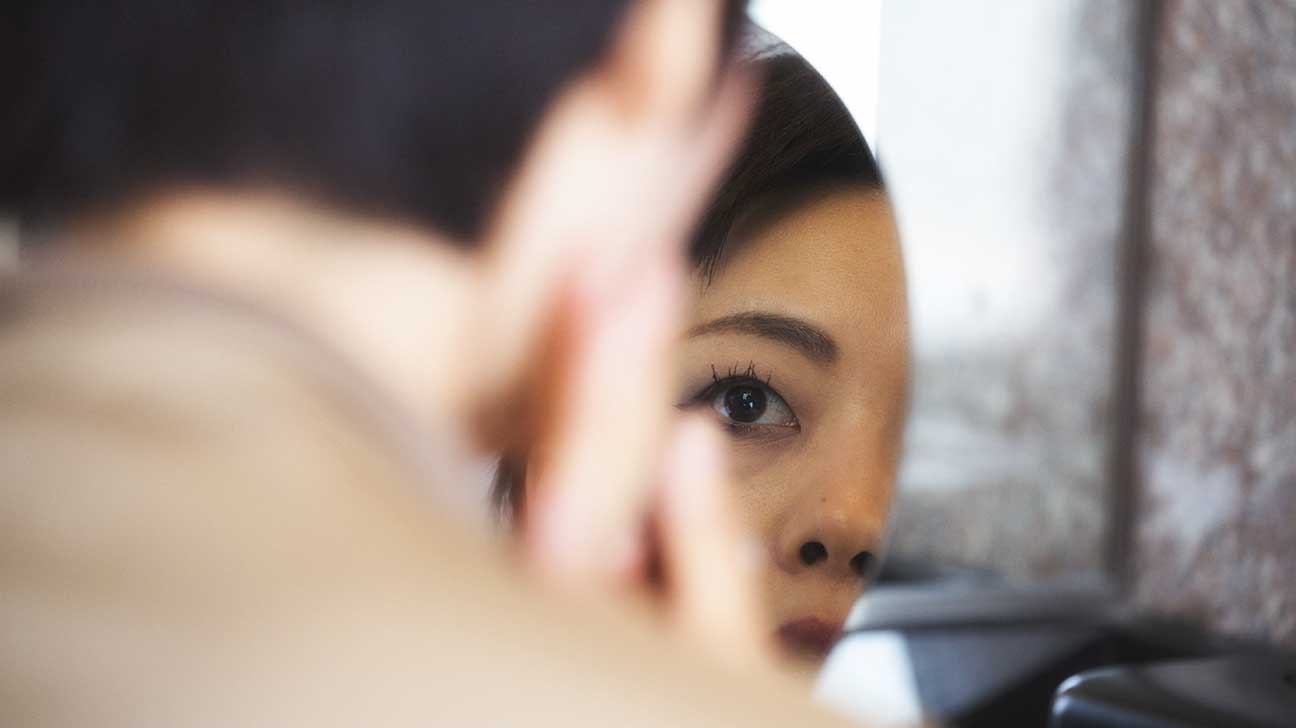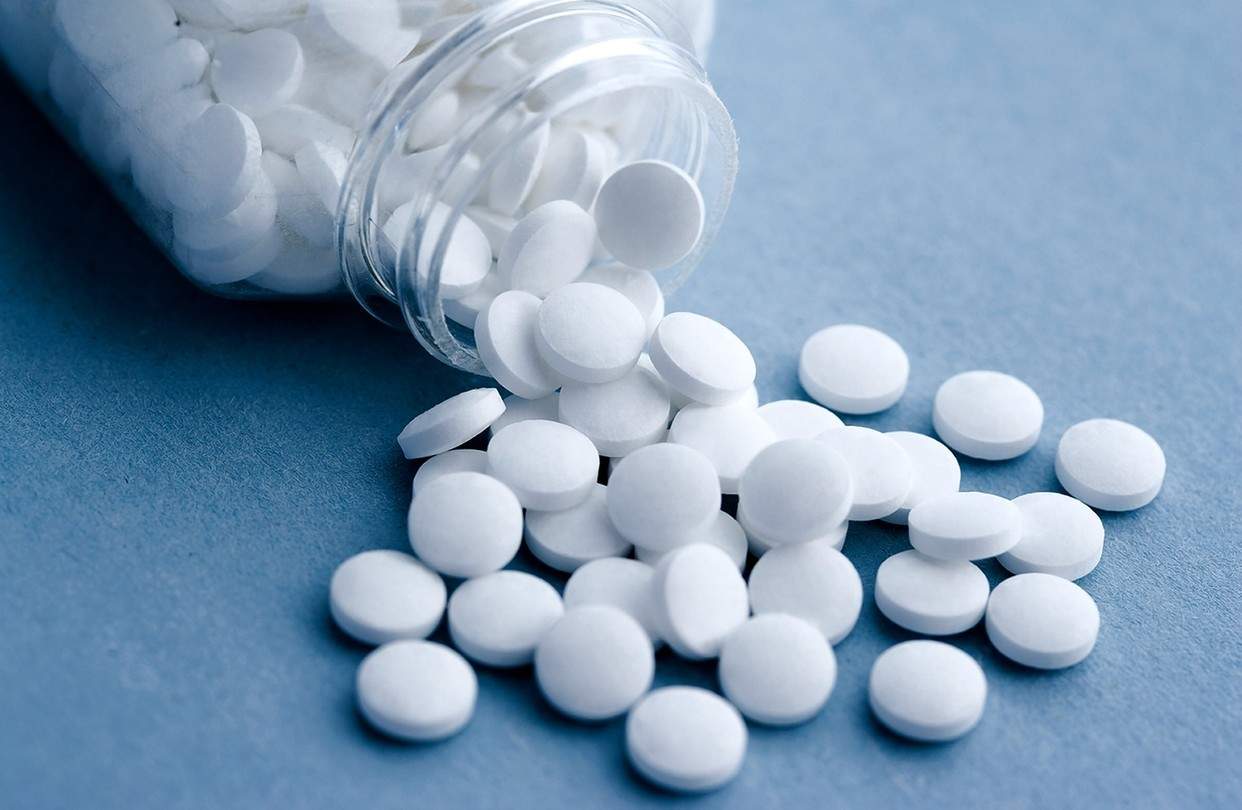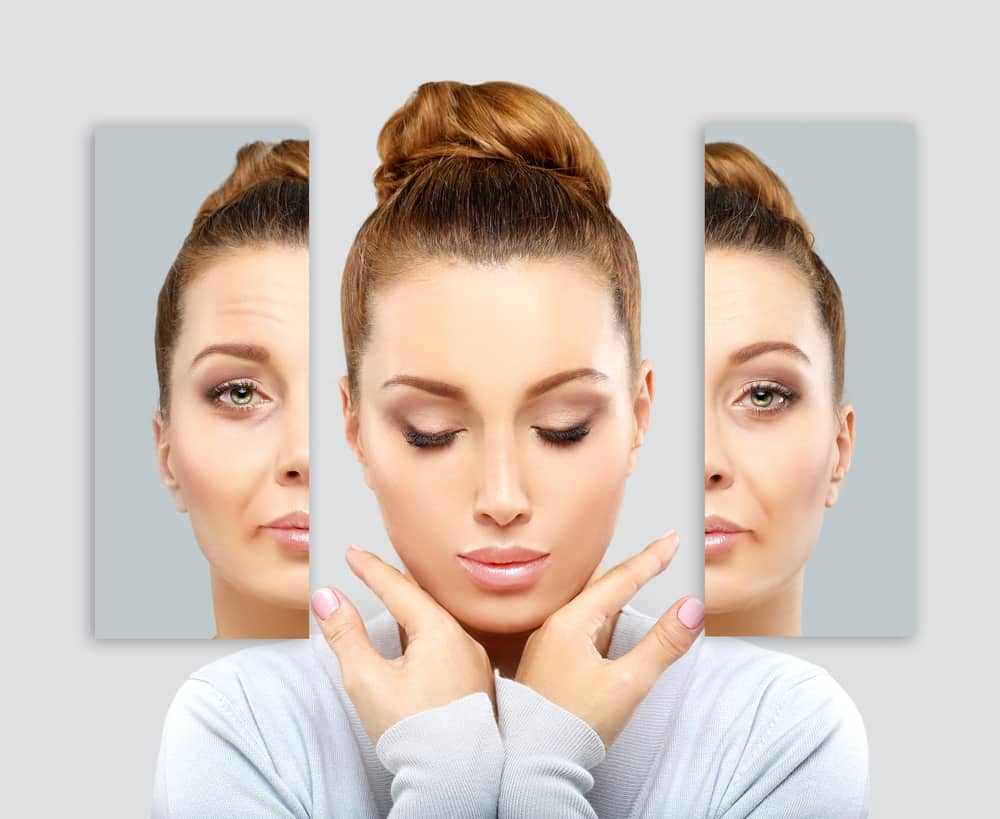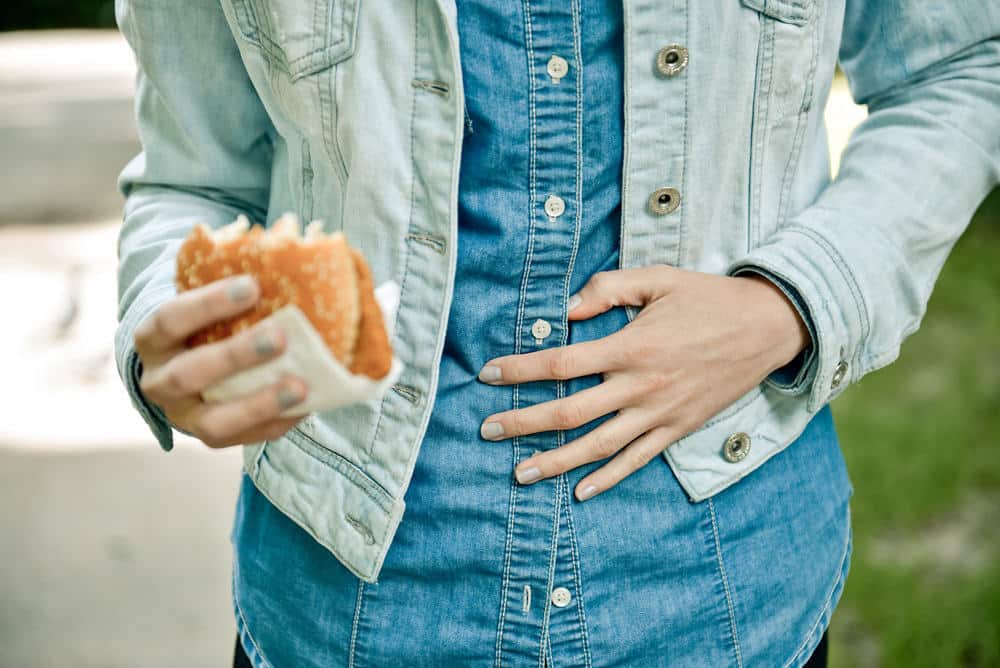Contents:
- Medical Video: Little Bubbly Bumps On My Finger - Dyshidrotic Eczema & How I Got Rid of It!
- What is dyshidrotic eczema?
- What are the causes of dyshidrotic eczema?
- Who is at risk for dyshidrotic eczema?
- What are the symptoms of dyshidrotic eczema?
- How to diagnose dyshidrotic eczema?
- How do you deal with dyshidrotic eczema?
- After recovery, dyshidrotic eczema can occur again?
Medical Video: Little Bubbly Bumps On My Finger - Dyshidrotic Eczema & How I Got Rid of It!
What is dyshidrotic eczema?
Dyshidrotic eczema, or dyshidrosis, is a skin condition that occurs on the soles of the feet and / or palms. Blisters usually itch and may have fluid in them. Blisters usually last around 3 weeks and can be affected by seasonal allergies or stress.
What are the causes of dyshidrotic eczema?
The cause of dyshidrotic eczema is unknown. According to experts, this condition is associated with seasonal allergies because blisters appear more often in the spring.
Who is at risk for dyshidrotic eczema?
Dyshidrotic eczema occurs 2 times more often in women than in men. According to the doctor, you have a greater chance if you experience stress or have allergies. Some doctors conclude that dyshidrotic eczema is a type of allergic reaction.
You are more likely to experience dyshidrotic eczema if your hands or feet are often in damp or wet conditions, or if you are often exposed to metal salts, such as cobalt, chromium and nickel.
What are the symptoms of dyshidrotic eczema?
If you have dyshidrotic eczema, you will notice blisters on your fingers, toes, hands and feet. Blisters are more common in the edges or in folds, and are usually filled with fluid. Sometimes large blisters will form and feel painful. Usually the blisters will itch and cause the skin to peel. Some patients report the infected area to be cracked and hurt when touched.
Blisters can last up to 3 weeks before drying. When the blisters dry out, the skin will become painful cracks. If you scratch the area, you will also feel the skin feel thicker and thicker.
How to diagnose dyshidrotic eczema?
In general, doctors can diagnose dyshidrotic eczema by carefully checking your skin. Because symptoms are similar to other skin conditions, doctors can do several tests, such as a skin biopsy, where a small part of the skin will be taken for testing. Biopsies can eliminate other possible causes, such as fungal infections.
If doctors suspect dyshidrotic eczema is caused by allergies, a skin allergy test can also be done.
How do you deal with dyshidrotic eczema?
If you experience mild dyshidrotic eczema, your doctor can prescribe an antihistamine, such as Claritin or Benadryl, to relieve symptoms. Compress can also relieve itching on the skin.
In addition, doctors can also recommend the following use twice a day to relieve itching:
- Petroleum jelly, like Vaseline
- Creams, such as Lubriderm or Eucerin
- Mineral oil
- Steroid or corticosteroid ointment
If you have severe dyshidrotic eczema, your doctor can recommend other treatment options, such as:
- Ultraviolet light therapy
- Steroid pills
- Coal tar preparations such as Denorex and T / Gel
- Immune suppressant ointments, such as Protopic and Elidel (rarely used)
Avoid things that make pain and itching worse, such as scratching or breaking your blisters. Washing your hands is an important thing to do regularly, but you should avoid excessive contact with water. Also avoid using products that irritate the skin, such as fragrance lotions, and dishwashers.
After recovery, dyshidrotic eczema can occur again?
Dyshidrotic eczema usually disappears in a few weeks without complications. If you do not scratch the infected area, dyshidrotic eczema will not leave a mark.
If you scratch eczema, you will feel discomfort or longer eczema. You can also experience a bacterial infection from scratching or breaking blisters.
Even though dyshidrotic eczema will heal completely, eczema can recur. Because of unknown causes, doctors are still carrying out a process of finding ways to prevent and cure the condition.
Hello Health Group does not provide medical advice, diagnosis or treatment.












